by Juan Alvez, Pasture Technical Coordinator Learn why you should consider leaving some space for pollinators and beneficial fauna!

Monarch butterfly on red clover flower (Photo by: Native Pollinators in Agriculture Project)
Farming is an amazingly fulfilling activity that can bind families and communities around food production and rural way of living. However, this idyllic activity demands great knowledge, dedication, and perseverance. In an effort to make the most out of their farmland, and following a model that overall praises productivity, farmers try to be as productive as possible. By doing so, they sometimes end up occupying most of their farmland. And you’re right if you think that land-owning farmers are entitled to do so! But there’s a downside with real costs. When all the natural areas of the farm are occupied, little habitat remains for wildlife and, increases in productivity from occupying these areas are sometimes not significant or not to be expected.
So can we just leave them as is?
Habitats for wildlife can be compared to living pumps because they can boost overall ecosystem’s productivity: allowing wildlife to thrive and sustain itself, and also enhancing agricultural production. Habitat is the place in the ecosystem where wildlife flourish. That wildlife can include everything from microbes to insects to birds and other vertebrates.
In farmlands, wildlife habitat can be different things, including soil structure, perennial pastures, contiguous forest or riparian areas. These are where wildlife can perform the functions of regulation and balance, and the services of pollination and water quality, and more. But they’re best able to support these different processes and functions when their structures are intact. That matters to people because these functions serve as the pillars for the benefits (or services) we –humans—derive from nature.
To picture this, imagine a pyramid where the base is constituted by a healthy soil (ecosystem structure). Right above are the (ecosystem) processes that this structure permits such as organic matter decomposition. Above this layer lay ecosystem functions which directly depend on a healthy, resilient structure and the processes that support it. This habitat would be able to provide the important ecosystem function of nutrient cycling to help create healthier soils, clean water, and assist with solid waste issues. The top of the pyramid then is constituted by soil fertility, and the healthy food grown with this soil. It is all linked together and it all critically depends on a sound ecosystem structure. Hence, if a healthy soil is tilled, turned and plowed several times, its structure is disturbed or assaulted, and its ability to house soil microorganisms that make possible fertility, the resulting chaos will translate into lower fertility, higher labor needs, opportunistic weeds and pathogens, and undesirable costs. If this process is repeated over the years, soil organisms disappear and soil can potentially turn into a desert.
A great example of the importance of the benefits of wildlife habitats can be depicted by the work of pollinators (mostly insects but also bats, among others) and beneficial fauna. Pollinators lend a big hand in plant reproduction and by visiting several plants they provide variability and resiliency. It is by now well known that fruits, forages, crops and berries (and others) can sometimes only reproduce by the action of pollinators.
According to a study done by French and German scientists, the worldwide pollination value was worth $216 billion per year (9.5% of the total value of world agricultural production according to 2008 values) meaning that, that is the cost it would require to pollinate all commercial crops produced yearly. Of course, farmers could not possibly do this daunting task by hand anyway, thanks to the free service of pollinators.
Beneficial fauna also helps farm productivity in different ways, from keeping undesirable organisms in check -by providing biological control, through integrated pest management techniques, to physically moving manure into the soil, saving millions of dollars in treatments. What do these pollinators and beneficial organisms require to do their work? Natural habitats with intact ecosystem structures that can allow them to thrive and help increase you farm productivity.



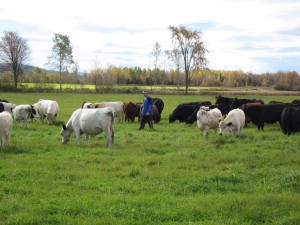
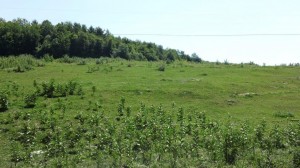
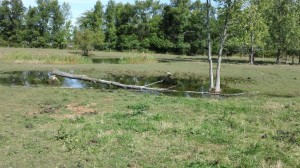

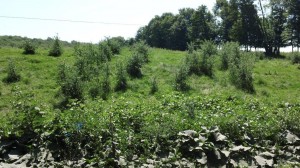


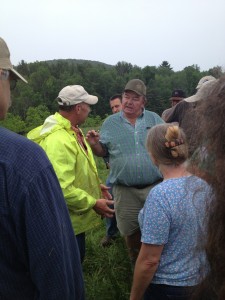
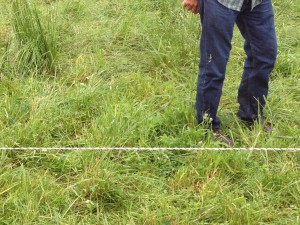
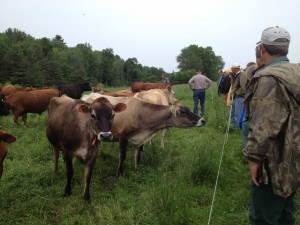
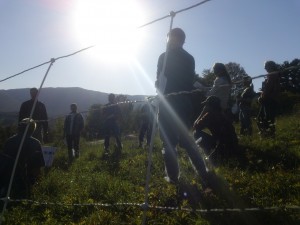

Recent Comments